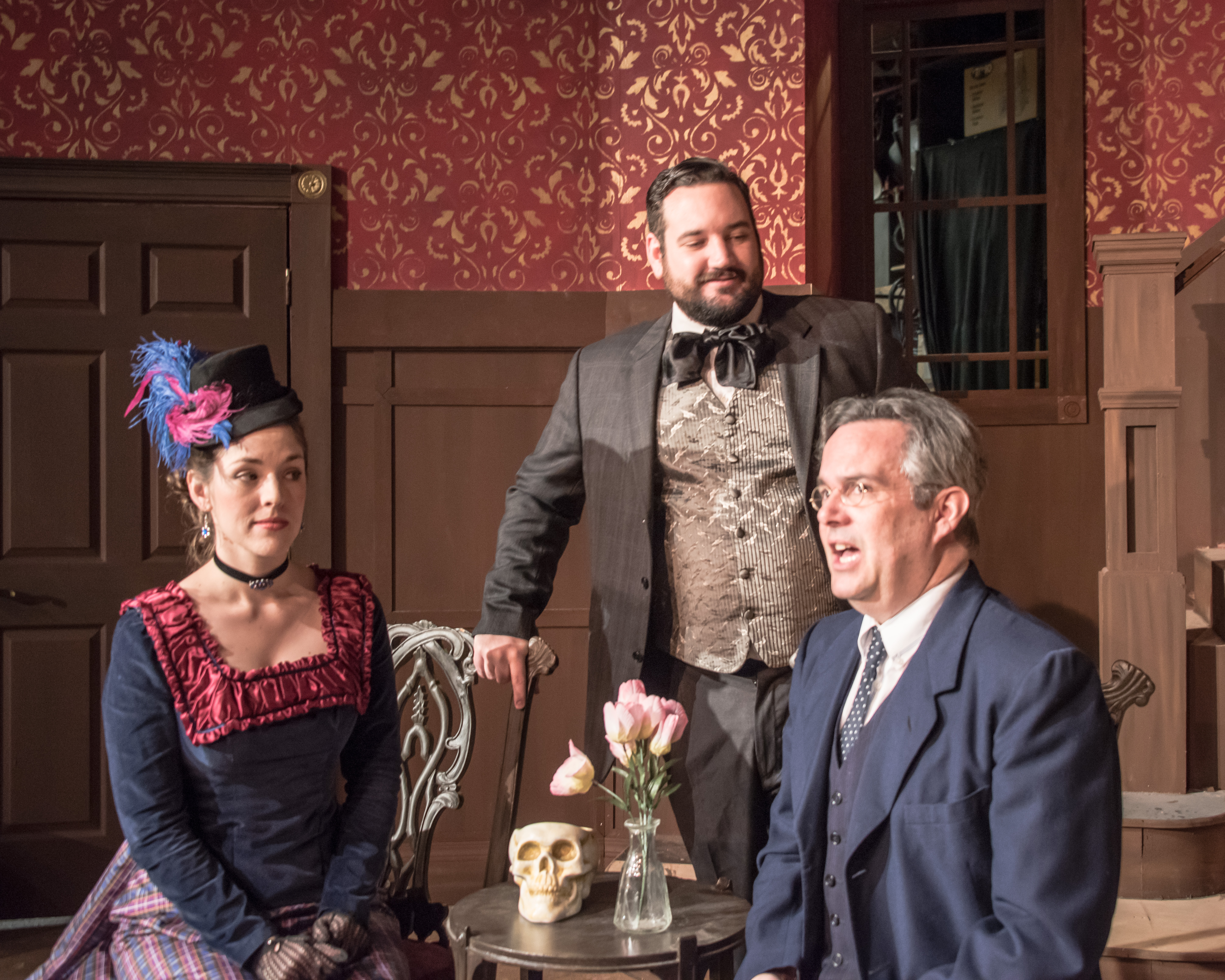By Daniel Buckwalter
(#CommonManAtTheSymphony)
How are legacies measured, and who gets to do the measurements?
In classical music there are the known titans, of course, white Europeans such as Dmitri Schostakovich and Edward Elgar, white men whose work lives on this month in the Eugene Symphony Orchestra’s Soundwave series.
Then there are the harder, painful journeys of Black composers.
The stories of Florence Price and Samuel Coleridge-Taylor offer many of the same struggles that Black composers — all Black artists — had in the early 20th century. Their labor simply got lost, either in its day or, certainly, to history.
Only recently, along with the works of other artists of color, have their compositions been mined for the liveliness and joy they possess. The art of both Price and Coleridge-Taylor are part of the Eugene Symphony’s Soundwave IV, filmed on March 11 with symphonty maestro Francesco Lecce-Chong conducting in the Hult Center’s Silva Concert Hall and now showing online.
How Price and Coleridge-Taylor were supported in their day also is intriguing.
Price, whose beautiful Andante moderato from String Quartet No. 1 is performed by the Eugene Symphony’s string section, moved from her native Arkansas to Chicago in 1927, where she studied languages and liberal arts at several schools.
She divorced in 1931 and, as a single mother of two daughters, worked at various composing jobs and staying with several friends.
Finally, Price moved in with a student, Margaret Bonds, and her composition career took off. Her work crossed traditional European traditions as well as touching on her Southern roots, most notably with the Black church.
One high point came in 1933 when the Chicago Symphony Orchestra, conducted by Frederick Stock, performed Price’s symphony “Sea Ghost,” the first composition by a Black female composer to be performed by a major symphony orchestra.
Moreover, Price came in contact and cultivated key relationships with writer Langston Hughes and contralto Marian Anderson, both of whom would aid Price’s work. Anderson, in fact, sang many of Price’s compositions on her tours.
Price died with a rich, though largely forgotten legacy, in 1953. She was 63.
Coleridge-Taylor, a Black man of Sierra Leone descent who was raised in England, was a known commodity early in his life and was helped immensely by British composer Edward Elgar. The Eugene Symphony played his Novelletten Nos. 1 and 4.
Coleridge-Taylor fashioned early success via tours of the United States, which included a meeting in 1904 with the U.S. president at the time, Theodore Roosevelt.
His early success also gave him the opportunity to be a judge at music festivals, and he was said to be an effective conductor, if personally shy.
Also, Coleridge-Taylor had the responsibility of supporting a son and daughter, and his struggles included royalty money from his early work. Frankly, he sold them away for a pittance, including the rights to his popular Hiawatha’s Wedding Feast, the first of a trio of cantatas known as The Song of Hiawatha, which had sold hundreds of thousands of copies.
Even though Coleridge-Taylor would learn the money aspect of the business, finances always would be a struggle. The stress of that, friends believed, led to his death in 1912 of pneumonia. He was only 37, and his legacy also had largely been forgotten.
So how are legacies measured, and who gets to do the measurements?
Oddly, even Schostakovich wondered about that, it seems. The Eugene Symphony opens this production of the Soundwave series with a stirring play of the composer’s Chamber Symphony.
It was completed in 1960 and inspired by Schostakovich’s walk through the bombed out city of Dresden, Germany after World War II. Indeed, he dedicated the score to “the memory of the victims of fascism and war.”
Yet in a letter to Isaac Glickman — a literary and theater critic who was a friend to Schostakovich — the composer noted that “I’ve been thinking that when I die, it’s hardly likely that anybody will ever write a work dedicated to my memory. So I have decided to write one myself. The dedication could be printed on the cover: ‘Dedicated to the memory of the composer of this quartet.’ ”
Self-deprecating? Schostakovich had his own struggles in his home country, the former Soviet Union, but he was white, and that has helped his legacy endure.
The best part of the growing democratization that classical music is enjoying is that legacies can be re-tailored, and all of us can participate in reinterpreting the reality of the genre.
Soundwaves IV: Eugene Symphony’s virtual concert series continues
When: Available through 9 a.m. on April 9
Where: Online at https://bit.ly/3rSnfx6
Program:
- Dmitri Shostakovich, Chamber Symphony, Op. 110
- Samuel Coleridge-Taylor, Novelletten, Op. 52 (No. 1 & No. 4)
- Florence Price, Andante moderato from String Quartet No. 1 in G Major
- Edward Elgar, Serenade in E minor, Op. 20
Cost: Suggested donation of $15 per household











